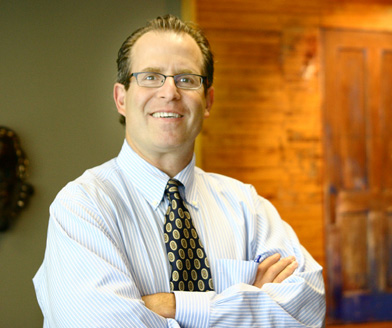With vision and smart planning, facilities can help build community
Published February 11, 2015
As a native of Omaha, Nebraska and a significant investor in Jewish community capital projects in St. Louis and other communities, I read Mr. Alperson’s commentary regarding the over-building of infrastructure within the Omaha Jewish community with tremendous interest. In some respects, he is on-target. Building new buildings or renovating old facilities merely to satisfy our insatiable need for having the best of everything can be a poor investment. Maintaining too many congregations to serve our community’s spiritual needs is a waste of valuable resources. Overbuilding facilities for two days a year is akin to building a shopping center parking lot that is large enough to accommodate Black Friday traffic while lying vacant virtually every other day of the year. We need to be smarter about the buildings we build and work to create partnerships with other organizations to address infrequent needs.
On the other hand, I have witnessed the impact new facilities can have on our Jewish community when planned with vision and managed appropriately. The St. Louis Jewish Community Center is a perfect example. Following nearly a decade of significant financial stress, we invested in our new Staenberg Family Complex and updated our Marilyn Fox Building, the two JCC facilities in St. Louis. The results have been nothing short of impressive. Today we serve more Jews than ever before and our Jewish community has been revitalized. The services provided by the JCC — early childhood education, day and resident camp, programs for children and adults with disabilities, cultural arts programming, meals to serve low income seniors and our adult day center for seniors struggling with dementia or other ailments that prevent them from being home alone — are only possible because the JCC is now a vibrant and financially viable agency.
We found that Jews flocked back to the JCC because they now found our facilities to be superior to other options in the community. It’s true that we also serve many more people outside the Jewish community today than in years past, but that’s OK with us. We don’t ask what percentage of our membership is Jewish, but the more important question — what percentage of the Jewish community are we serving?
The same is happening today at Camp Sabra. The facilities at Camp Sabra met the needs of our camp community for generations, but needs and expectations have evolved in that time and we were faced with a very difficult decision — invest in Camp Sabra infrastructure or get out of the resident camping business. Since making the decision to invest in the camp, we have built a new outdoor theater, new cabins and this year we will open the new girls’ shower house. Those investments, coupled with great programming, have worked. This year we will likely serve more campers at Camp Sabra than in any year of the past 10.
Of course, new facilities are insufficient in isolation to yield results such as those I mentioned above, but new facilities can serve as the catalyst to growing community engagement. The St. Louis Jewish Community Center is thriving because our programs are high quality, our staff is professional and effective, and our culture is one of excellence. We are successful at Camp Sabra for the same reason. But I challenge you or anyone else to mirror these results without facilities that are of equal quality.
I.E. Millstone, the patriarch of our St. Louis Jewish community who donated the land for our Jewish community campus, once said that the best investment he ever made was the one he made in our Jewish Community Center. After investing millions of my own dollars in the Jewish Community Center and Camp Sabra, I couldn’t agree more.















